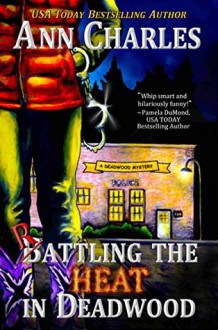
Many people consider deadwood as a long-gone part of the tree, as it is not even a living part attached to the tree anymore. However, the more correct way of referring to it is as ‘decaying’, instead of dead. It contributes to the diverse ecosystems that trees are part of and is not just a static limb.
Decay essentially means a progression of use by a number of different organisms. Some organisms thrive in fresh wood, while others are involved in the breakdown of woody tissues. In some sense, decaying wood can be considered a habitat in its own right. Woodland managers and arborists often remove deadwood on the principle of hygiene. Doing so protects the remaining timber resources from various pests, like fungi and insects. This is especially the case in public parks and gardens, where dead wood is in fact a serious risk for people and property. But there is a problem with this, and it lies in the fact that many important species don’t find the necessary habitat to live and thrive. As a result, the arboreal system experiences a serious downside due to the lack of deadwood.
The way that deadwood positively impacts arboreal ecosystems lies with factors like carbon storage, biodiversity, soil nutrients cycling, energy flows and hydrological processes. And while all of that is now largely understood by arborists, many of the previous generations of them have been focused on clearing deadwood.
One example of the issue of clearing deadwood completely lies with some of the rare species, associated with veteran and ancient trees. A lot of them can only be found on sites with a higher amount of decaying wood. With organisms that rely on decaying wood becoming more isolated, trees are more vulnerable than ever.
The signs of decaying wood habitats
There are 2 recognised signs of decaying wood habitats. One has to do with standing trunks, branches and limbs around the tree. The second is cavities within the trunk and branches, where decay is taking effect. The habitats created because of these processes are different and recreating them takes different techniques.
- Standing deadwood – regardless if it is about branches or whole trunks, standing deadwood is easier to recreate. There are a few techniques that arborists utilise, such as destructive pruning and ring barking trunks and branches. This type of decay takes place from the outside in, creating the ideal habitat for invertebrates, lichens and fungi.
- Decay within the trunks/branches – the techniques involved in recreating this sort of decay are much more complex. Since the decay decomposes from the inside out. It creates cavities within seemingly healthy trunks, which are then populated by fungi and invertebrates.
The methods utilised in creating a habitat
- Destructive pruning – often used to create a habitat in trees. It involves techniques like decay creation within the trunk and the main branch structure of the trees.
- Veteranisation – this is a pruning technique, which aims to ‘age’ a tree prematurely in a more controlled manner. The goal is to create a habitat and stimulate the formation of another secondary crown.
- Natural fracture pruning – these are pruning techniques that mimic the natural process of branch loss, such as after severe storms. Small branches can be cut from the above side and removed from the crown. By leaving a fractured or split branch at the end, they remain unassociated with existing growing points.
© Treeworks Environmental Practice

 Log in with Facebook
Log in with Facebook 








